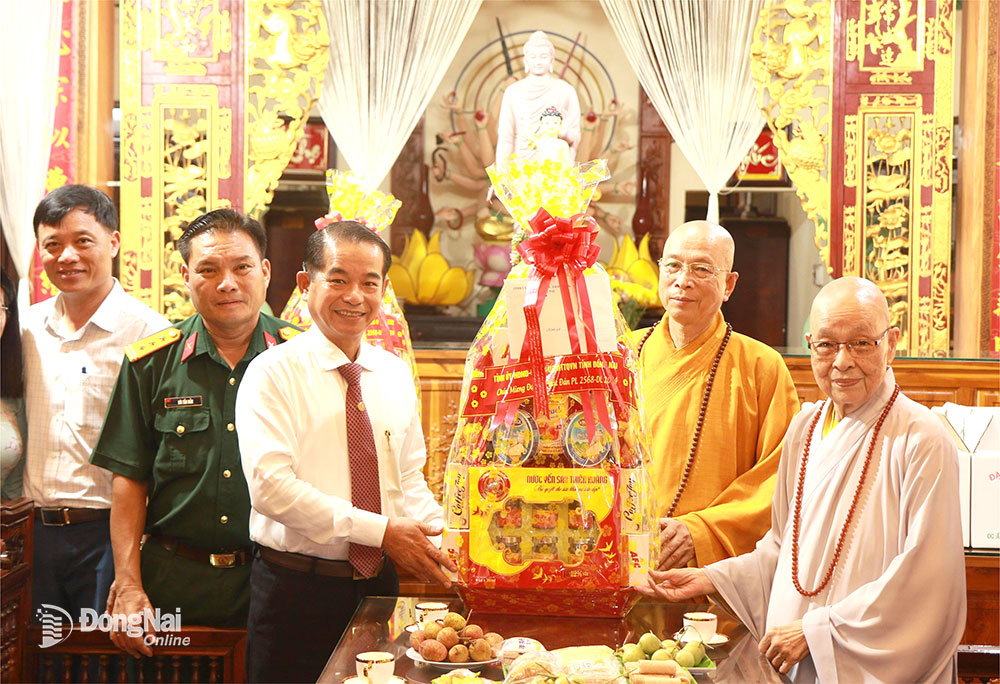 |
| Chairman of the Provincial People's Council Thai Bao and the provincial delegation presented gifts to congratulate Venerable Thich Hue Khai and Venerable Thich Nu Hue Huong on Buddha's birthday at Long Thien pagoda. Photo: S. Thao |
In addition to being a religious institution, this ancient pagoda was a revolutionary base during the two resistance wars of the nation. After the country was unified, Long Thien pagoda was a place to organize humanitarian charity activities and environmental protection.
Revolutionary base in resistance
Over the past 361 years, Long Thien Pagoda has been passed down through 41 generations of abbots. Venerable Thich Hue Khai, Head of the Executive Committee of the Buddhist Sangha of Dong Nai Province, the current abbot of Long Thien Pagoda, said that the pagoda was founded by the founder Thanh Nhac in 1664 under the reign of Lord Nguyen Phuc Tan. After many restorations and renovations under the abbots, the current architectural features were created. Currently, Long Thien Pagoda still preserves many ancient architectural features with the main hall, the ancestral hall, many stupas of the abbots, many ancient trees and artifacts...
Deputy Director of the Department of Ethnic Minorities and Religions Nguyen Dinh Kien said that Long Thien Pagoda is one of the oldest religious establishments with a rich tradition of Buddhism in Dong Nai.
| Currently, Long Thien Pagoda is one of 24 relics in Dong Nai recognized as a National Monument. |
That is why, in recent times, the temple has welcomed many cultural and historical research delegations, such as: Central Committee of Vietnam Buddhist Sangha, Institute of Religious Studies (under Vietnam Academy of Social Sciences ), Institute for Monuments Conservation, Vietnam National Museum of History and research agencies to survey Vietnamese Buddhist architecture.
In addition to being a place for monks and nuns to practice and for Buddhist activities of the people, throughout its formation and development, Long Thien pagoda has contributed human and material resources during the resistance war against French colonialism and American imperialism. According to Venerable Thich Hue Khai, in 1945, Venerable Thich Hue Thanh, the previous abbot of the pagoda, convened a Buddhist Congress to establish the Bien Hoa Province Buddhist Association for National Salvation and the pagoda was the headquarters of the association. The mobilization of monks, nuns, and Buddhists to participate in patriotic activities, hiding, supplying food, medicine, etc. for the resistance war originated from this pagoda. During the resistance war against America, Venerable Thich Hue Thanh continued to lead monks and Buddhists to call on intellectuals to fight and contribute to the resistance war for national liberation.
With its architectural and historical elements, in 1991, Long Thien Pagoda was recognized as a National Historical and Cultural Relic by the Ministry of Culture and Information (now the Ministry of Culture, Sports and Tourism).
Organize many social security activities
Since the country's reunification, Long Thien Pagoda has received much attention from the government at all levels and the people. At the same time, thanks to the active efforts of the abbots, the pagoda's facilities and architecture have become more and more spacious while still retaining its ancient architecture.
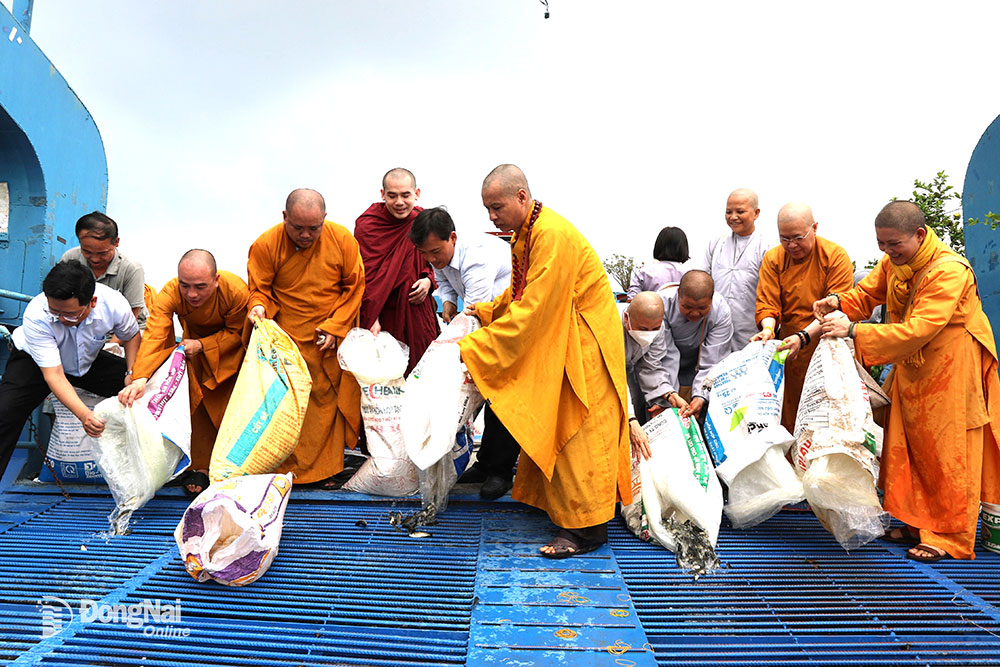 |
| The Executive Committee of the Vietnam Buddhist Sangha of Bien Hoa province and city organized a program to release fish into the Dong Nai River in front of Long Thien pagoda. |
Venerable Thich Hue Khai said that along with the religious practice and activities of monks, nuns, and Buddhists, the pagoda also takes care of charity and social work. The monks at the pagoda regularly organize volunteer activities to help people, one of which is to organize free meals for people on the full moon day of every month. Previously, during the Covid-19 outbreak, this place continuously organized charity trips to bring food and necessities to people in areas heavily affected by the epidemic, to monks and nuns in remote monasteries with many difficulties.
In addition, the temple regularly supports scholarships for students in difficult circumstances, helps with funding for building bridges, and donates food to disadvantaged people in provinces and cities across the country.
In recent years, after Long Thien Pagoda completed the renovation of the area adjacent to Dong Nai River, this place has become a miniature park open to the public for activities and cool breeze every afternoon. Ms. Nguyen Thi Thanh Hoa (Hoa An Ward, Bien Hoa City) said that her family and neighbors often come to Long Thien Pagoda to sightsee, take a walk and participate in charity and social activities. The pagoda grounds are like a miniature park, facilitating the activities of people when they come here.
From 2023 to present, the Department of Agriculture and Rural Development (now the Department of Agriculture and Environment) and other units have coordinated with Dong Nai Buddhism to organize many propaganda programs combined with releasing fish, regenerating aquatic resources at Long Thien Pagoda. This is also the place where the Executive Committee of the Vietnam Buddhist Sangha of Bien Hoa province and city annually organizes conferences to propagate and release fish, regenerate aquatic resources and the release program on Dong Nai river, attracting thousands of monks, Buddhists and people to participate.
Thao River
Source: https://baodongnai.com.vn/chinh-tri/202505/ngoi-chua-giau-truyen-thong-cua-phat-giao-dong-nai-1774361/




![[Photo] A delegation of 100 journalists from the Vietnam Journalists Association visits the soldiers and people of Truong Sa island district.](https://vphoto.vietnam.vn/thumb/1200x675/vietnam/resource/IMAGE/2025/5/30/0984a986227d4e988177f560d2e1563e)
![[Photo] Journalists moved to tears at the Memorial Service for the soldiers who died in Gac Ma](https://vphoto.vietnam.vn/thumb/1200x675/vietnam/resource/IMAGE/2025/5/30/9454613a55c54c16bf8c0efa51883456)


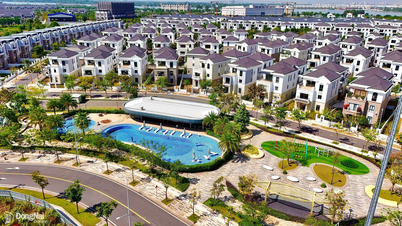


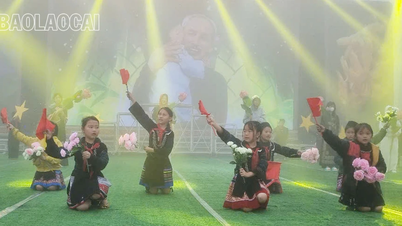

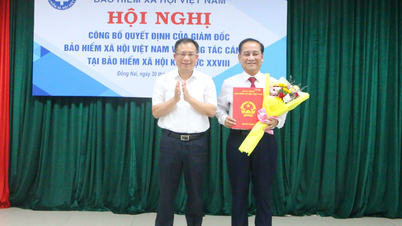
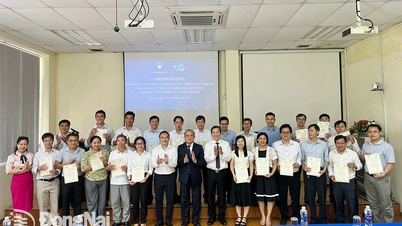






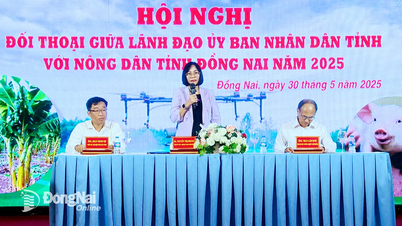
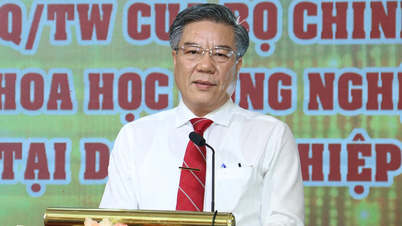
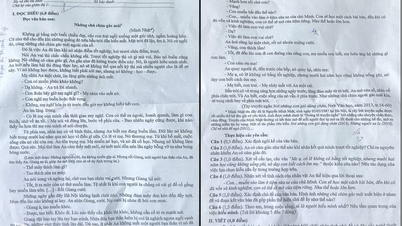
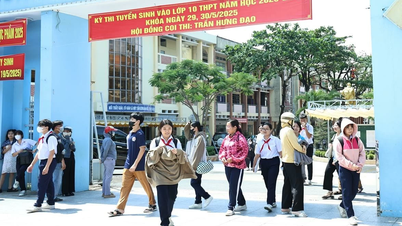
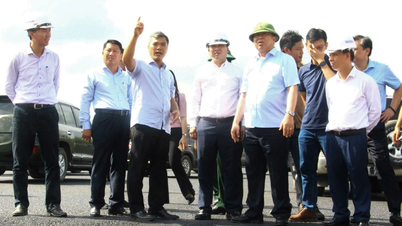
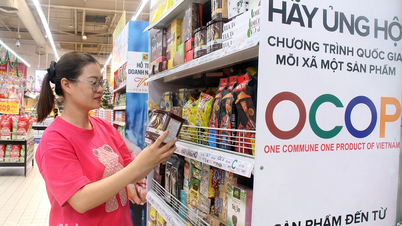
![[Photo] Prime Minister Pham Minh Chinh attends the event "Digital transformation of the banking industry by 2025"](https://vphoto.vietnam.vn/thumb/1200x675/vietnam/resource/IMAGE/2025/5/29/0e34cc7261d74e26b7f87cadff763eae)





















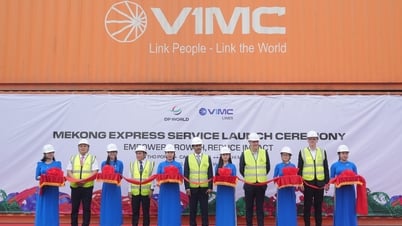






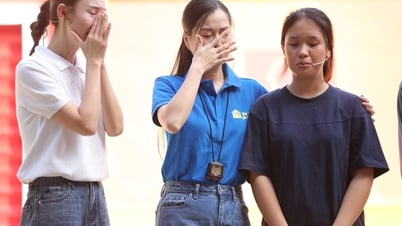














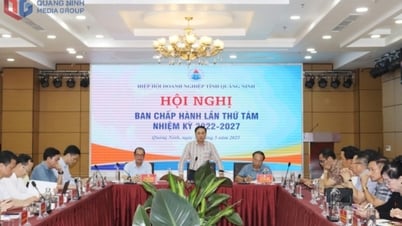

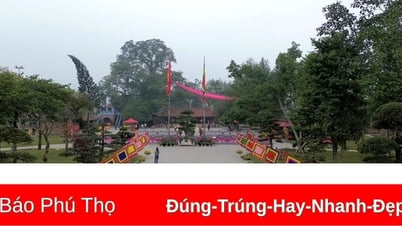



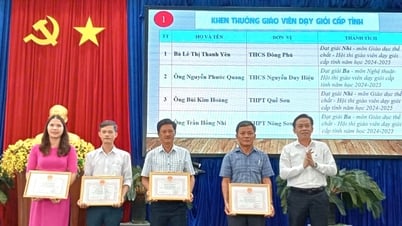
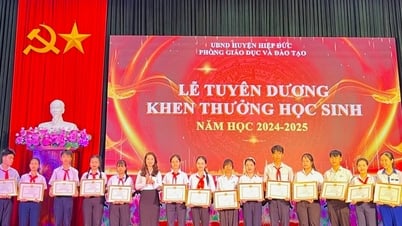









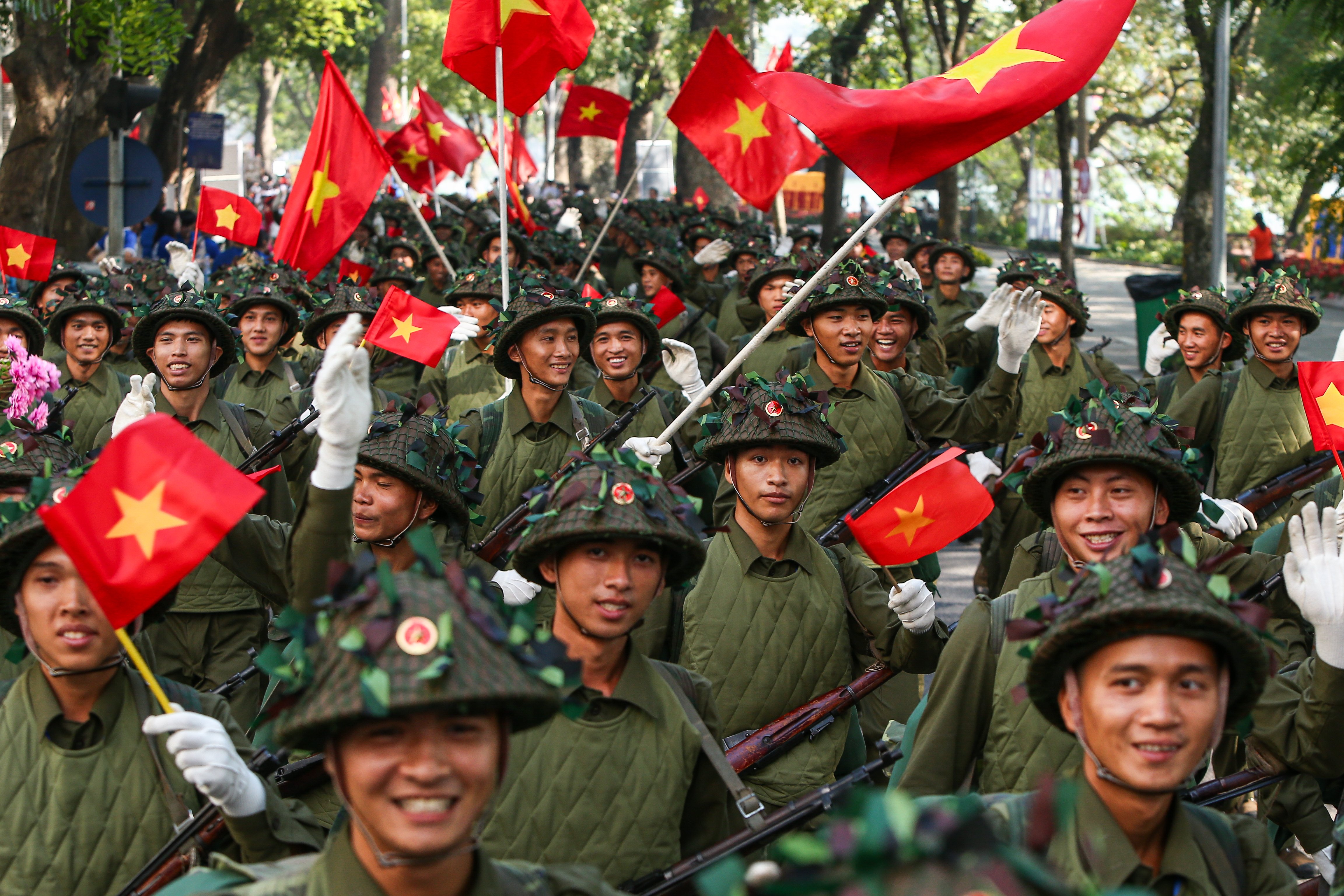



Comment (0)